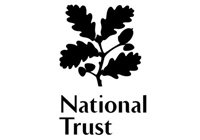- Home
- Welsh Castles
- Caernarfon Castle
Visit caernarfon castle
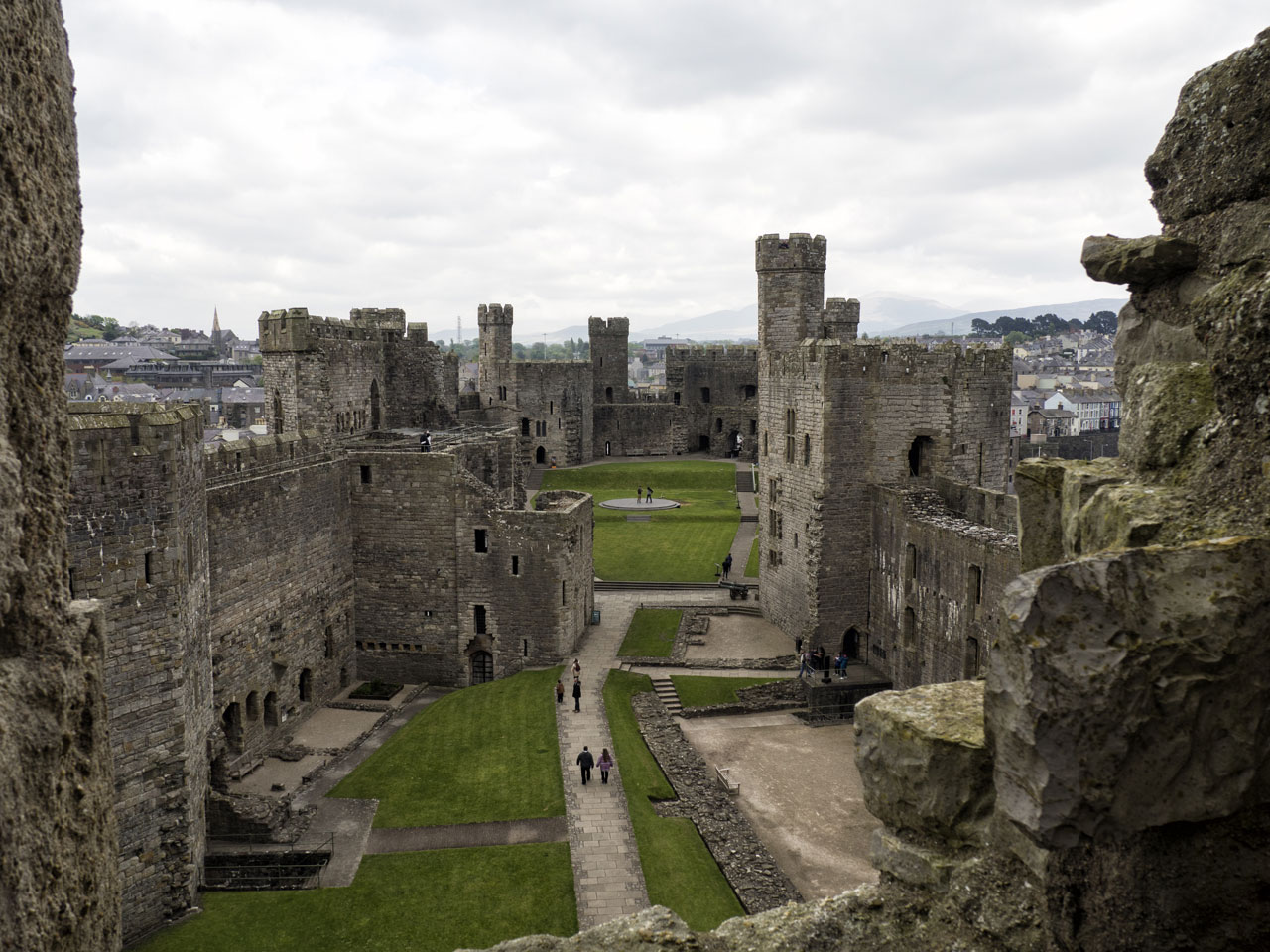
A brief history
Caernarfon Castle stands on the shores of the Menai Straits, Gwynedd,
north-west Wales, imposing its grandeur on the town from which its name
is derived. Work on its construction began in 1283 when Edward I
decided the site was very suitable for another of the castles he was
building to impress his authority on the Welsh people.
Edward's
military architect, Master James of St George, erected a castle, town
walls and a quay all at the same time. The immense curtain walls and
intimidating King's Gate were designed to withstand attacks and the
polygonal towers and eagle statues were a reminder of Imperial Roman
architecture.
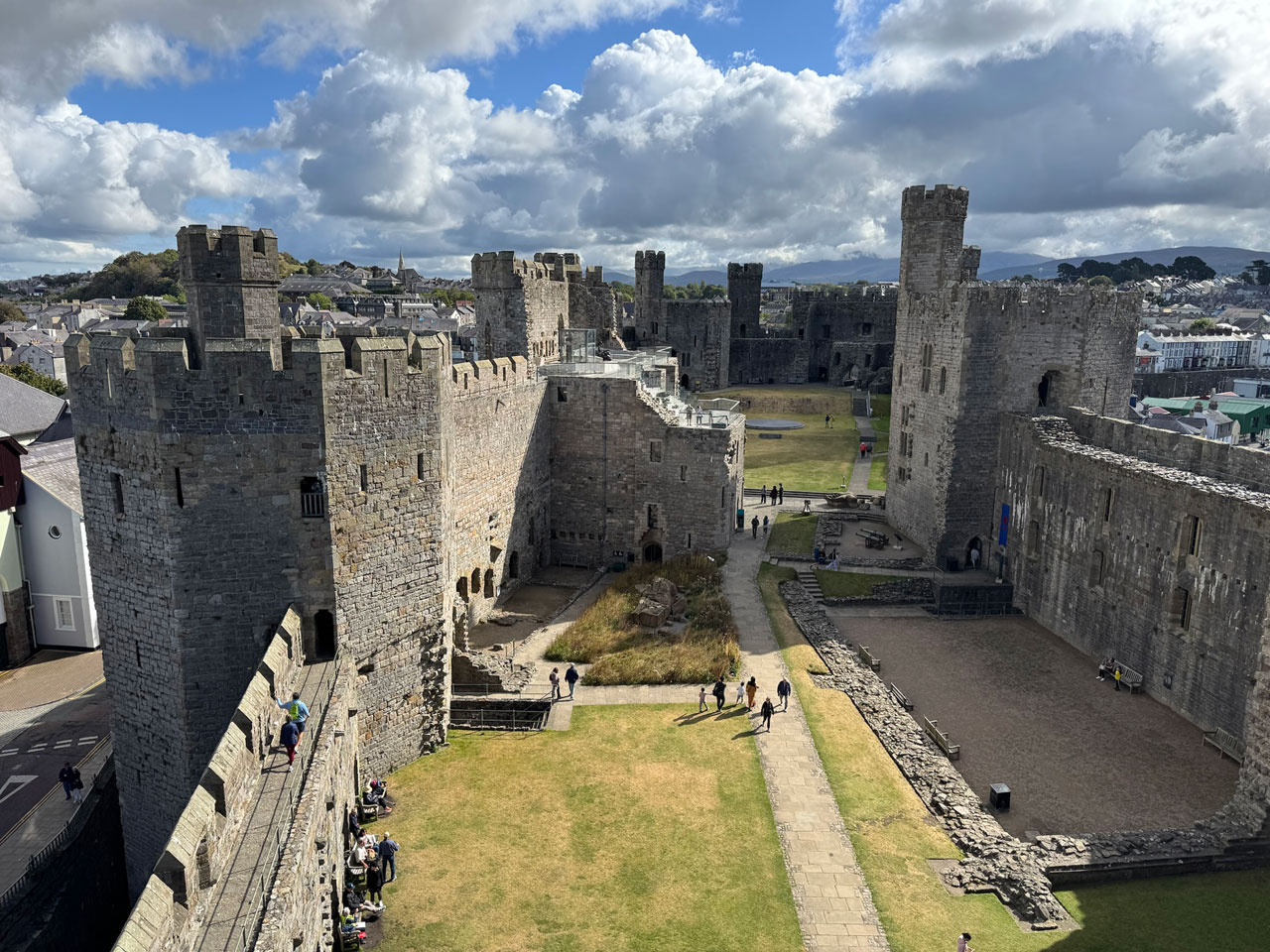
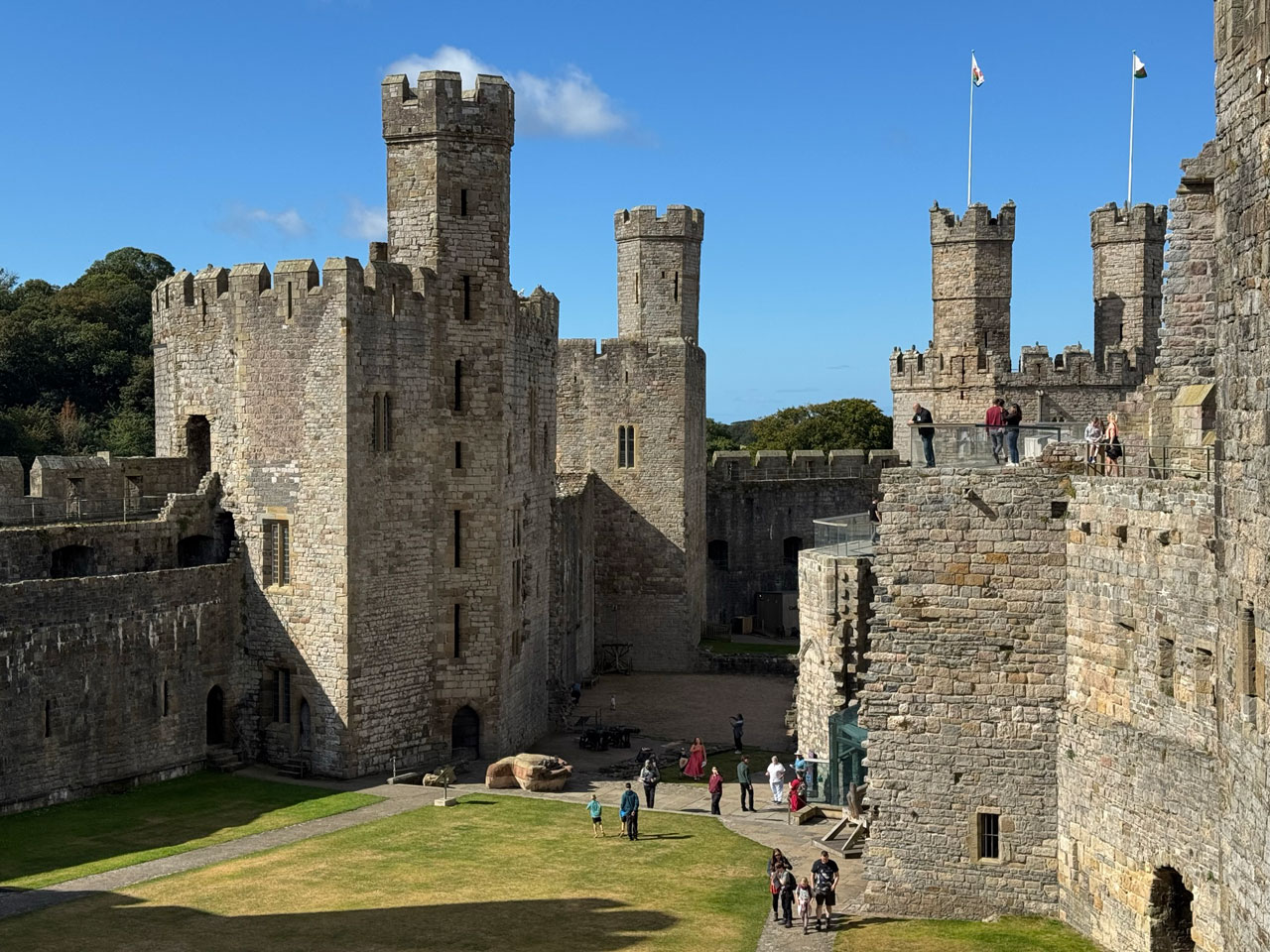
A year later in 1284, Edward's queen gave birth to a son, also named
Edward. Seizing the political advantage of the moment, the king
presented the baby to the Welsh people as their future monarch, a prince
born in Wales and speaking no English. The child was named Prince of
Wales.
Work on the castle continued for a further 40 years or
so but Edward's responsibilities increased elsewhere in the country,
particularly in Scotland, and the flow of funds began to slow down. When
Edward II succeeded to the throne in 1307, Wales seemed peaceful enough
and he saw no real need to spend large sums of money to complete his
father's fortress.
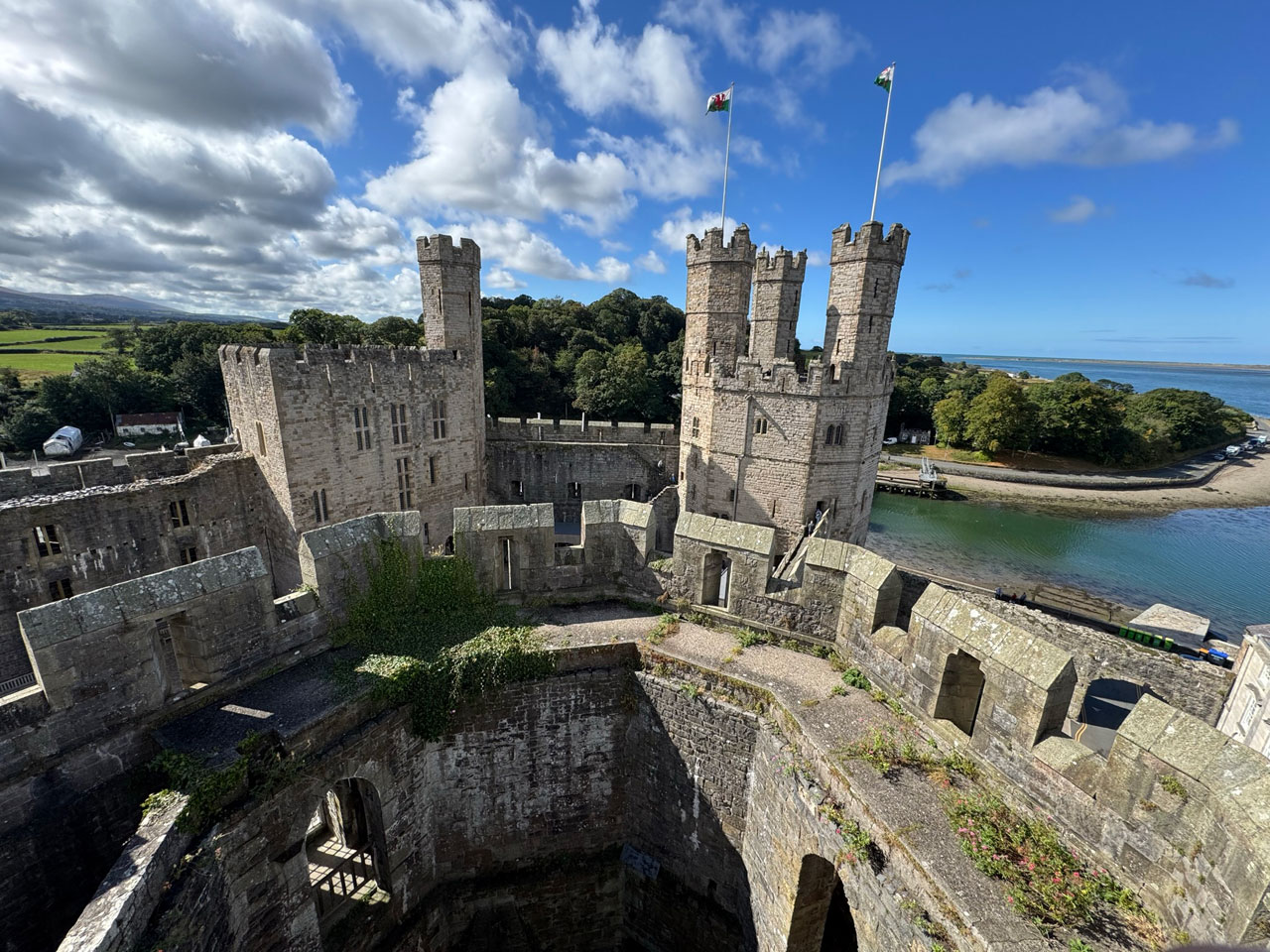
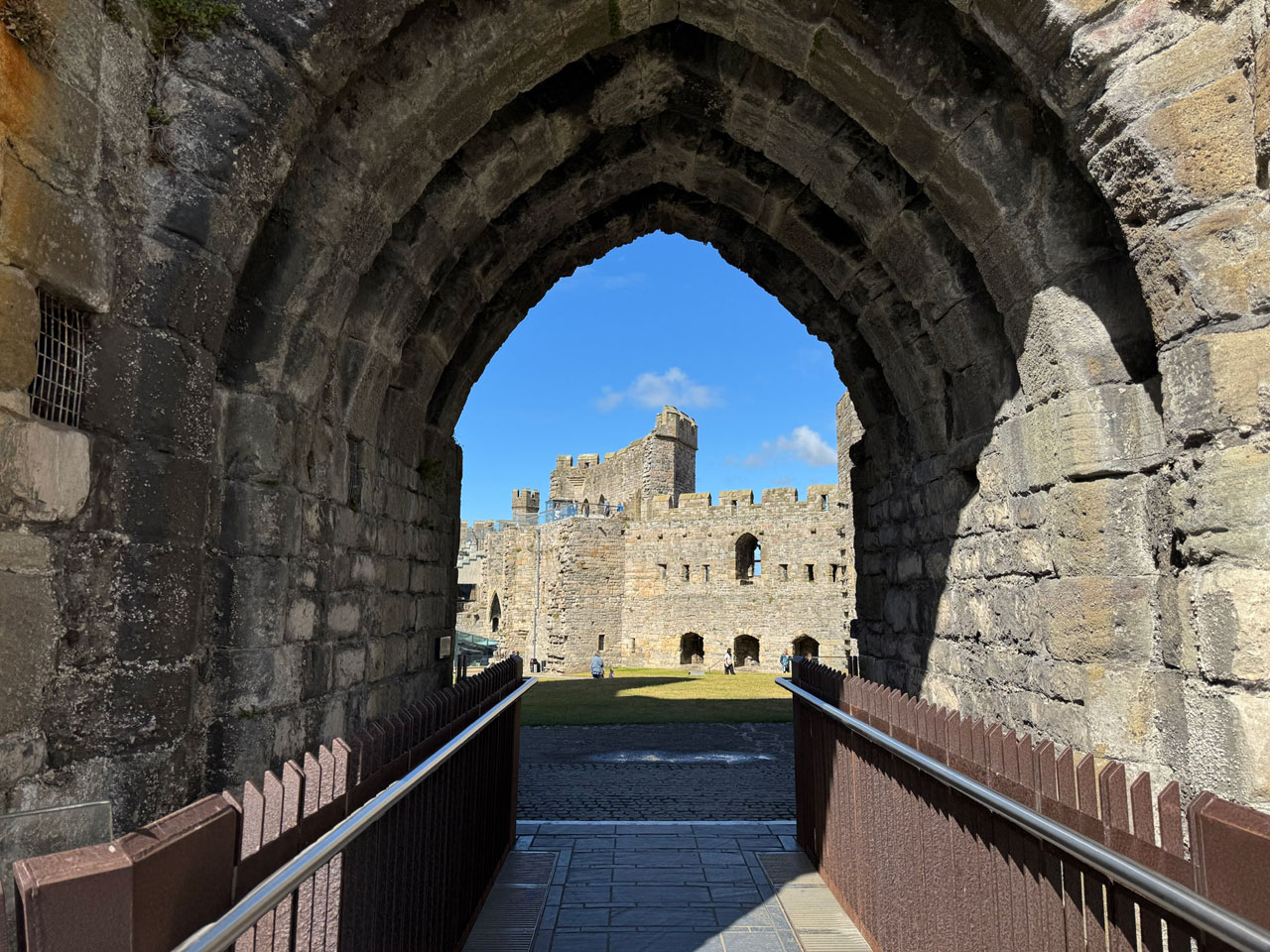
It was not until 1399 that Richard II became the first royal visitor to Caernarfon for 60 years. By then the castle was no more than a prison for petty offenders. Years of neglect had left their toll and much of the iron, glass and lead had been stolen.
During the Civil War, Caernarfon Castle was held by the Parliamentarians and the Royalists at various times. It finally surrendered to Parliament in 1645. When Charles II came to the throne in 1661 he ordered the destruction of Caernarfon Castle which was fortunately never carried out.
In 1908 the Government stepped in and began to restore Caernarfon castle after centuries of decay. A lot of effort went into refurbishing the external curtain walls with its bands of sandstone and limestone but little could be done to improve the ruined interior.
The late Duke of Windsor, then Prince Edward, was invested at Caernarfon in 1911 in a ceremony masterminded by David Lloyd Goerge. A similar ceremony in 1969 saw Prince Charles, now King Charles III, proclaimed Prince of Wales.
Castle Attractions in and around Caernarfon Castle
CASTLE RUINS
Walk through the passages inside the walls of the ruins and the visual splendour of Caernarfon Castle is striking. The castle itself was never really completed and foundations of many grand rooms lie behind the thick walls.
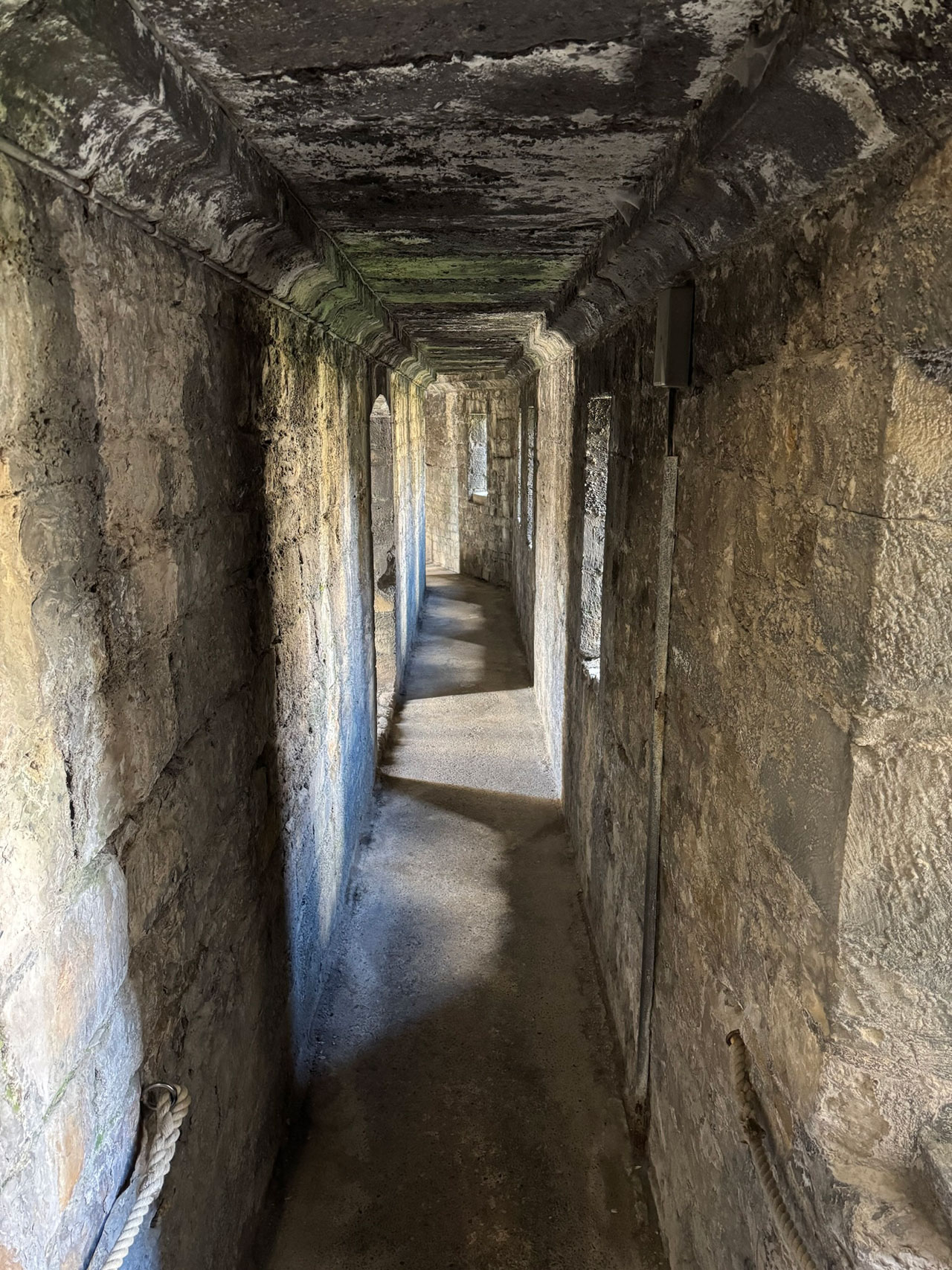
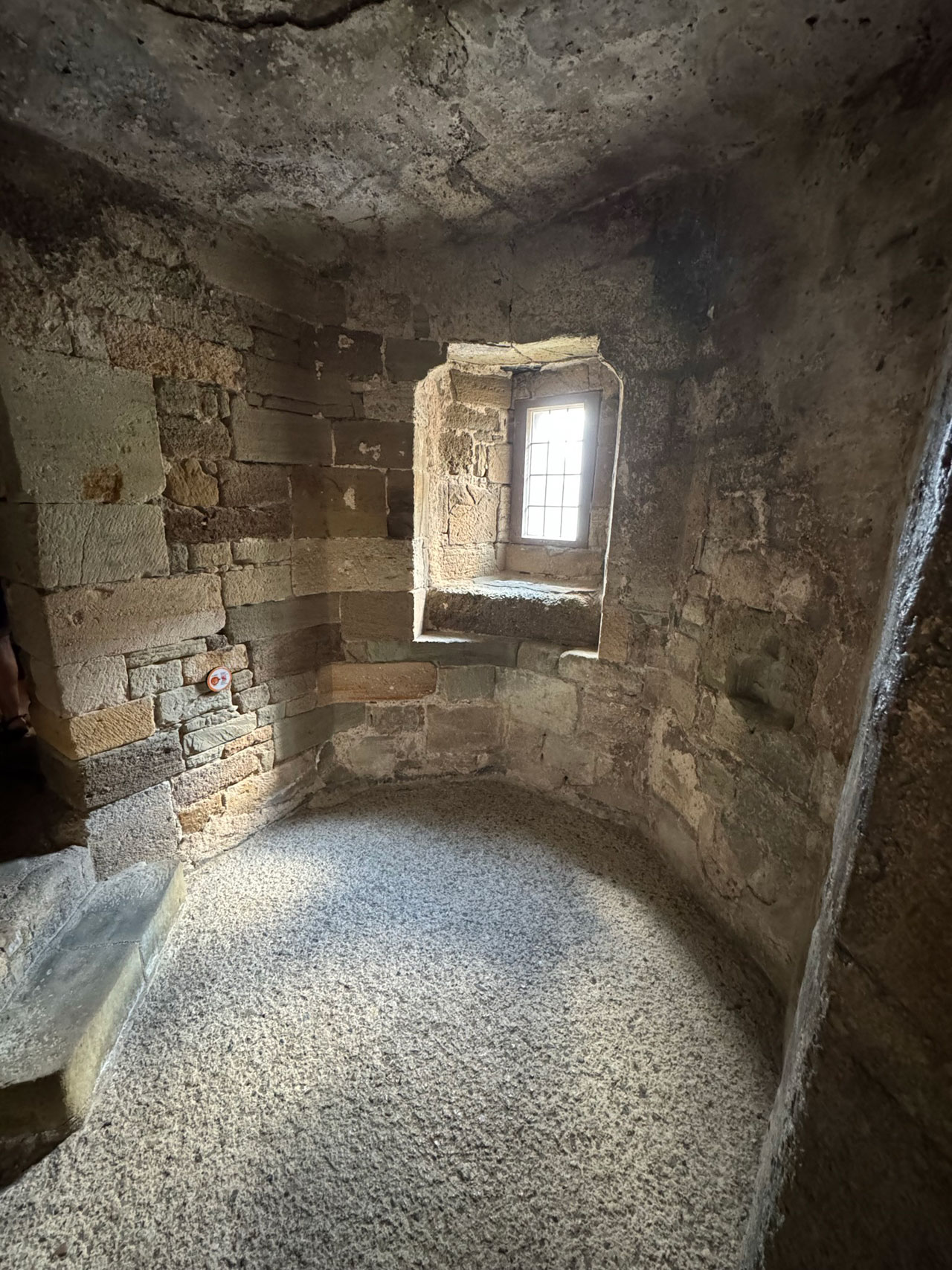
The only entrance to the castle is via two massive gatehouses. The style of its 12 striking, multi-angular towers, some of which are hexagonal, some are octagonal and others are ten-sided, is completely different to the more rounded towers on Edward I's other castles.
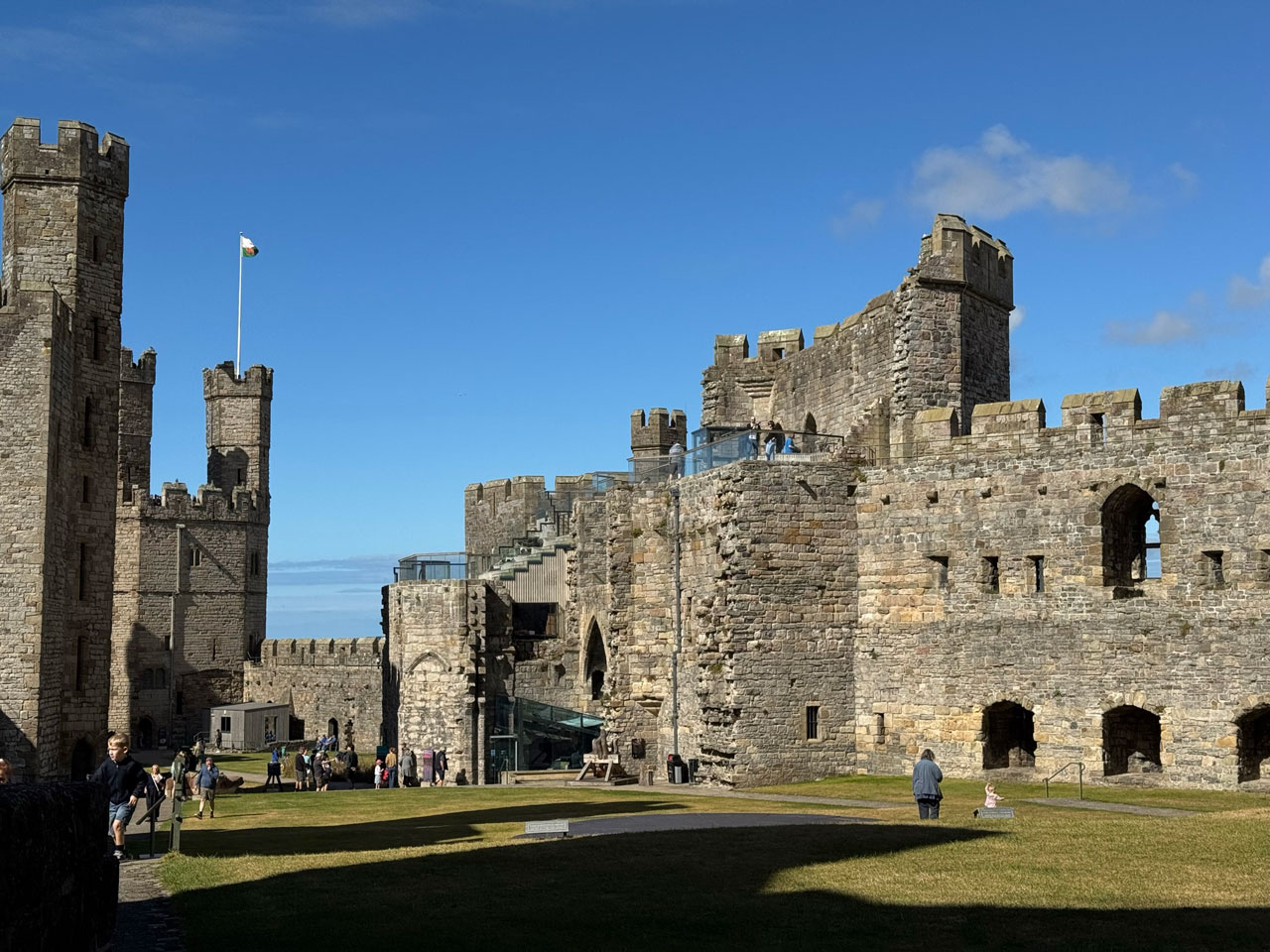
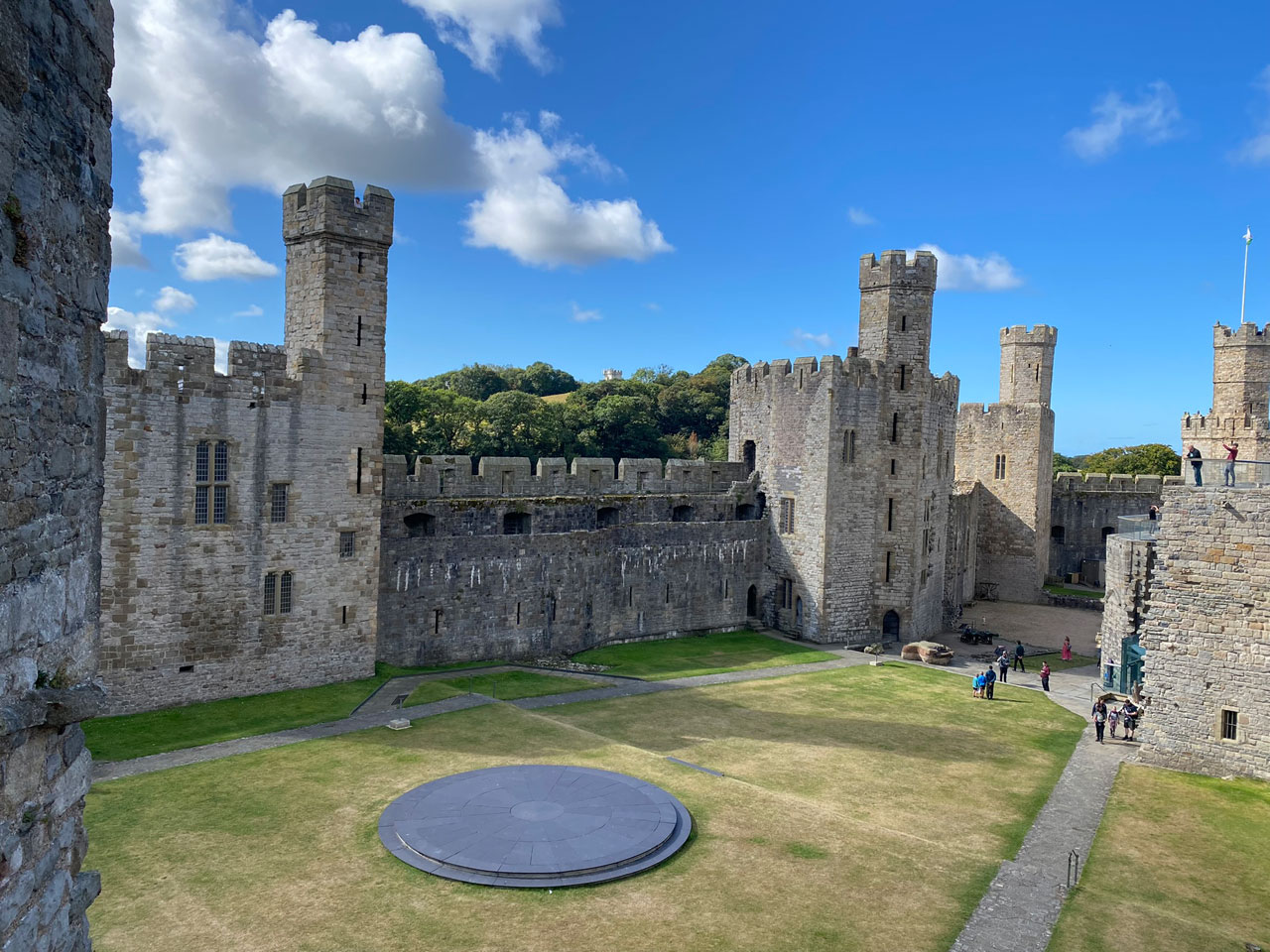
Visit the Royal Welsh Fusiliers' Museum in the Queen Tower which will
give you a detailed insight into the military history of Wales. It
houses numerous flags, the keys of Corunna, medals of Waterloo veterans
and First and Second World War relics amongst other items.
One of
the Castle's most striking feature is the Eagle Tower, built so
strongly that it resembles a keep with its own portcullis and secondary
gate. It also shows off some very fine turrets.
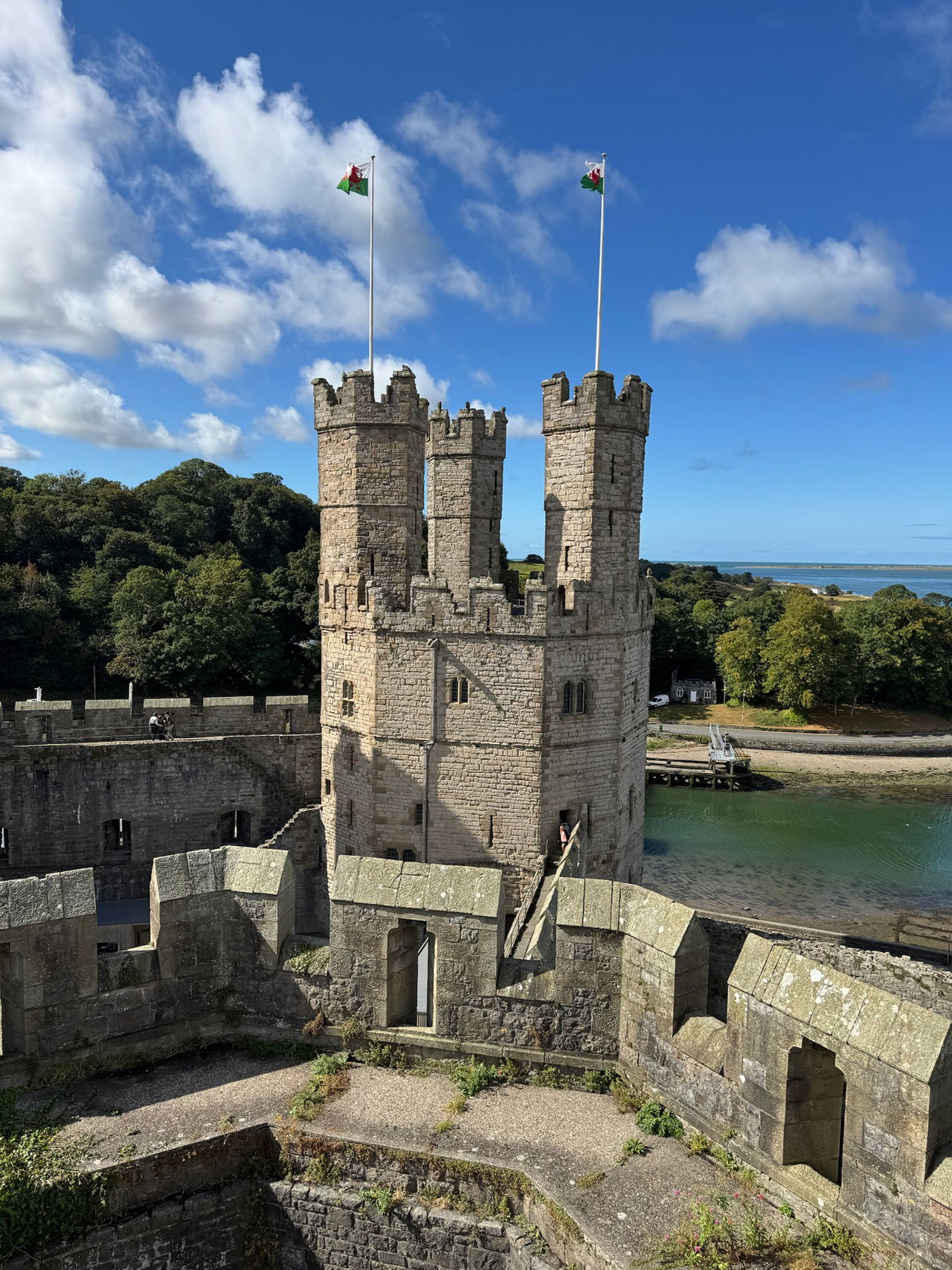
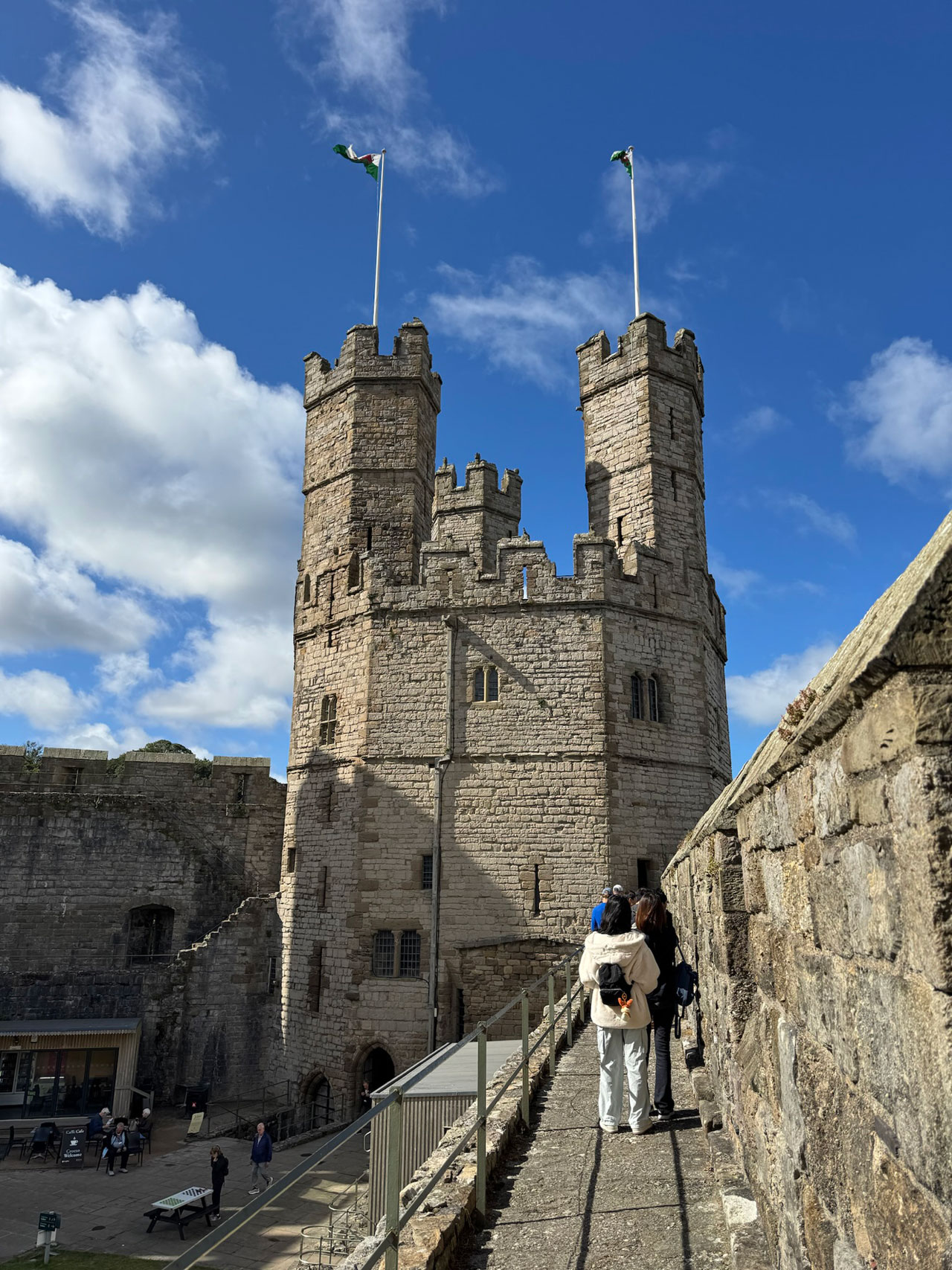
Much of the castle's covered wall walks, galleries and wall passages can still be used and you will need a full day to really appreciate Caernarfon Castle in all it grandeur.
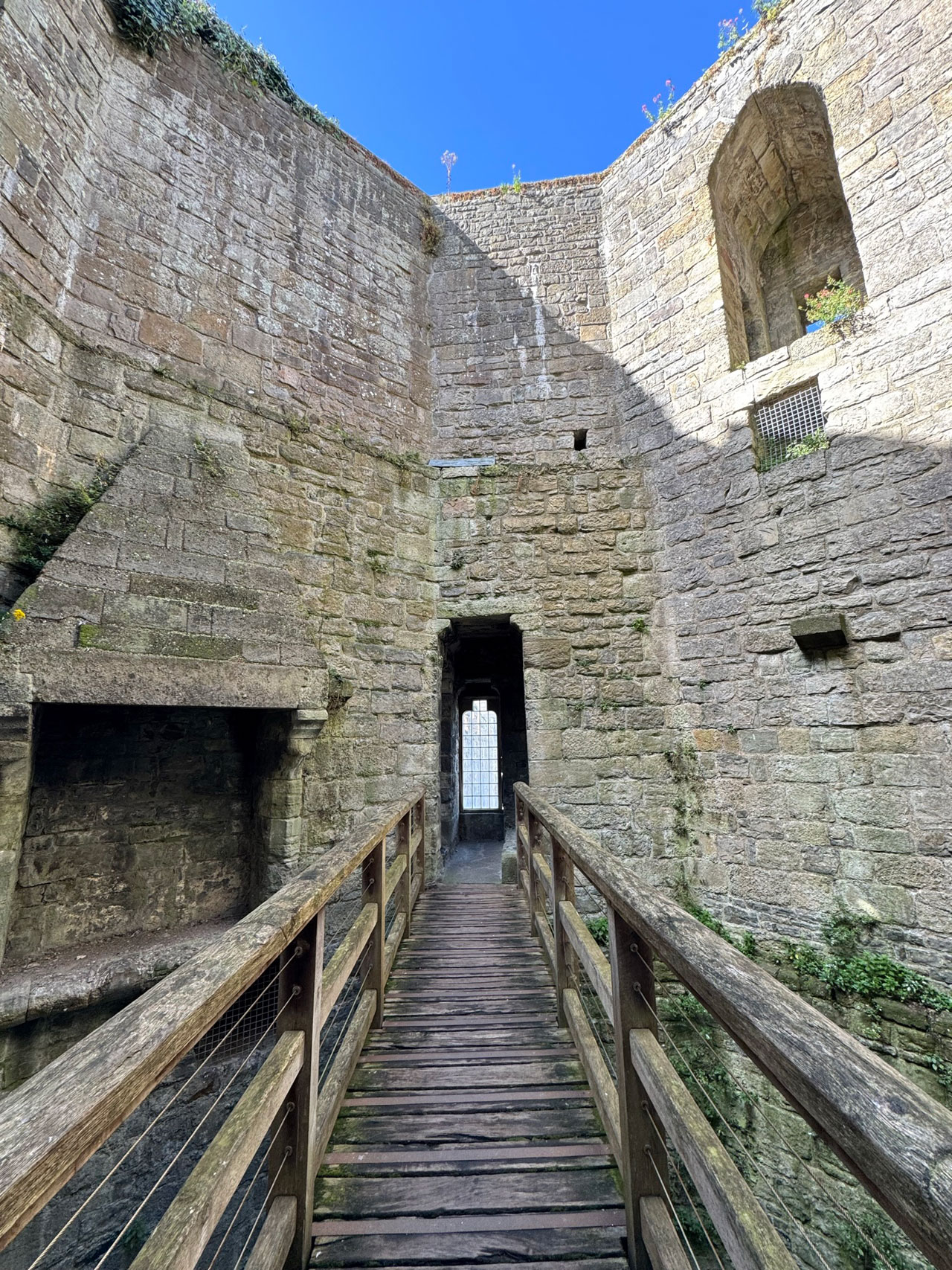
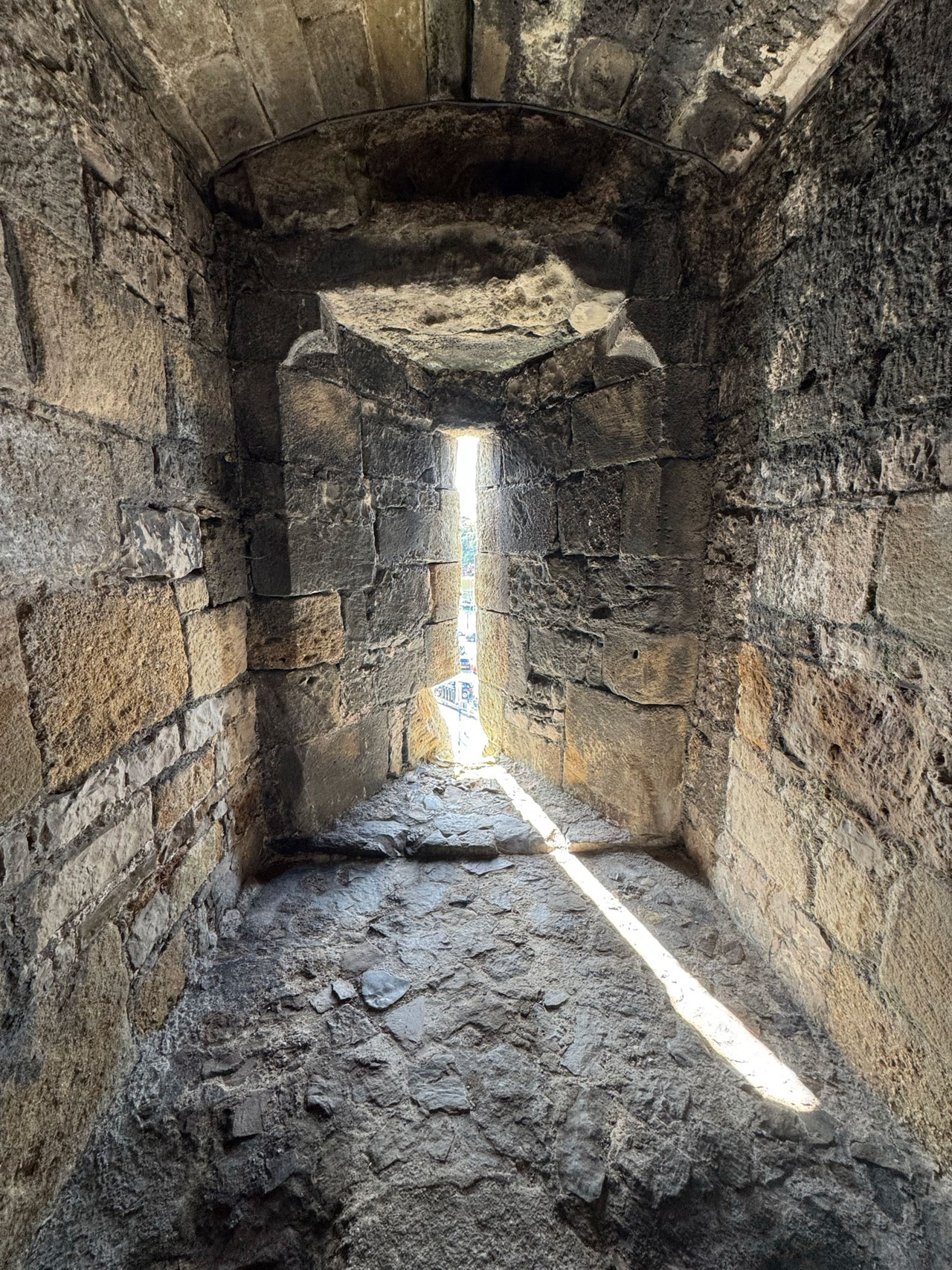
Caernarfon Castle is huge, impressively restored and a UNESCO Word Heritage Site.
Location
Caernarfon Castle is a historic fortress located in Caernarfon in North Wales.
Caernarfon Castle
Castle Ditch, Caernarfon, Gwynedd, Wales LL55 2AY
Official Website: Caernarfon Castle
By car
The car journey from London is about 5 hours with a distance of about 280 miles to conquer. From London take the A40, M40 and M42. From the M42 take the M6 to junction 20 and exit on to the M56. Take the exit to North Wales, continue on the M56 until the A494. Take the A55 up to junction 10, then eixt on to the A4087 that will take you to Caernarfon. Just making sure the Sat Nav isn't lying.
By train
From London Euston Station take the train to Bangor Railway Station, journey time about 3 hours 15 minutes. From Bangor take a taxi, the castle is 10 miles away.
